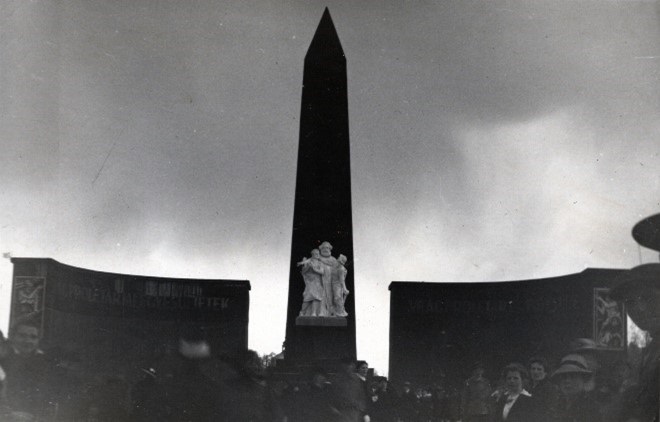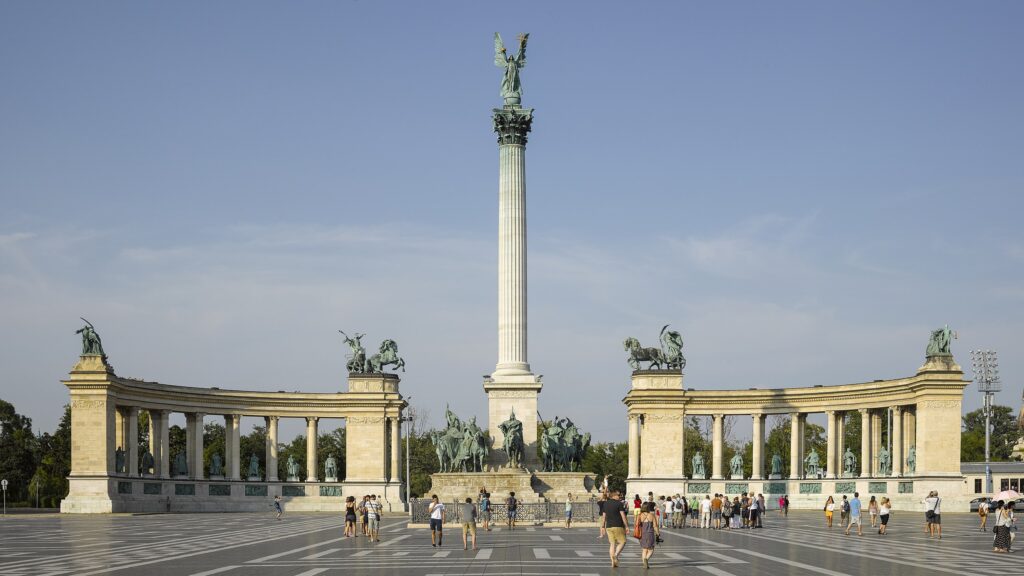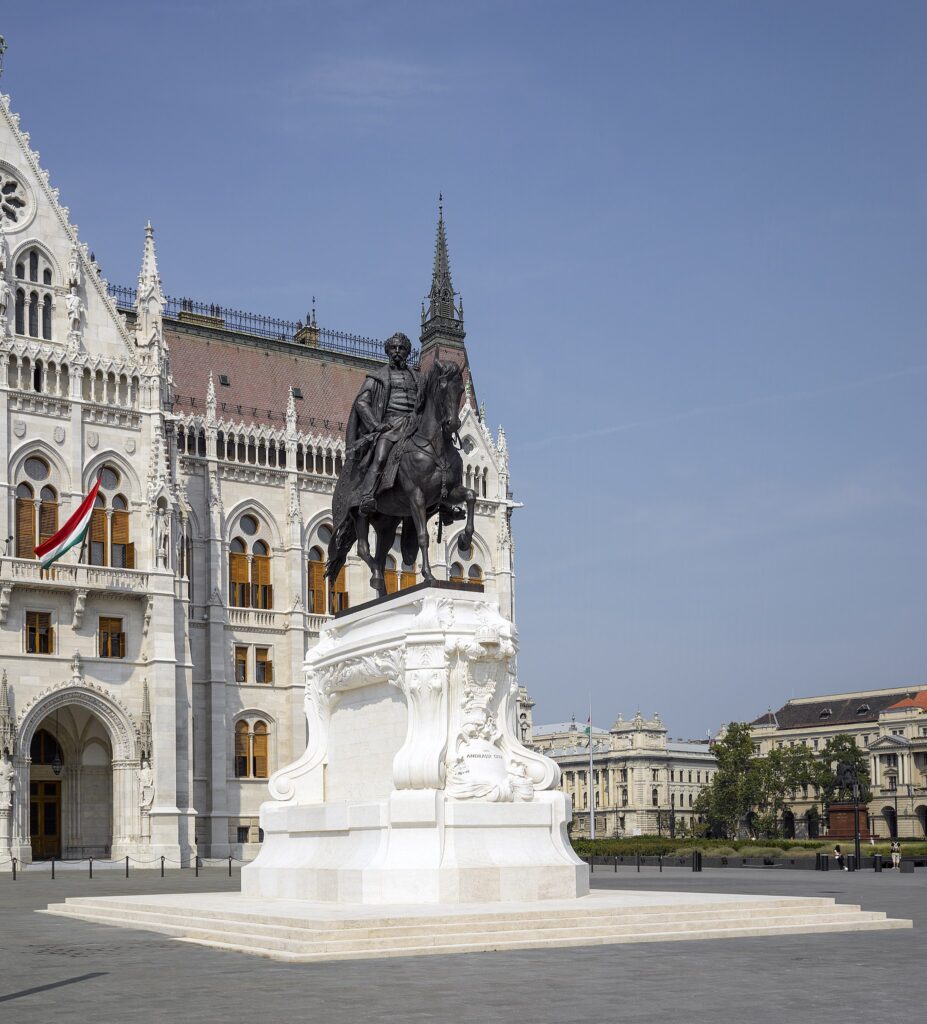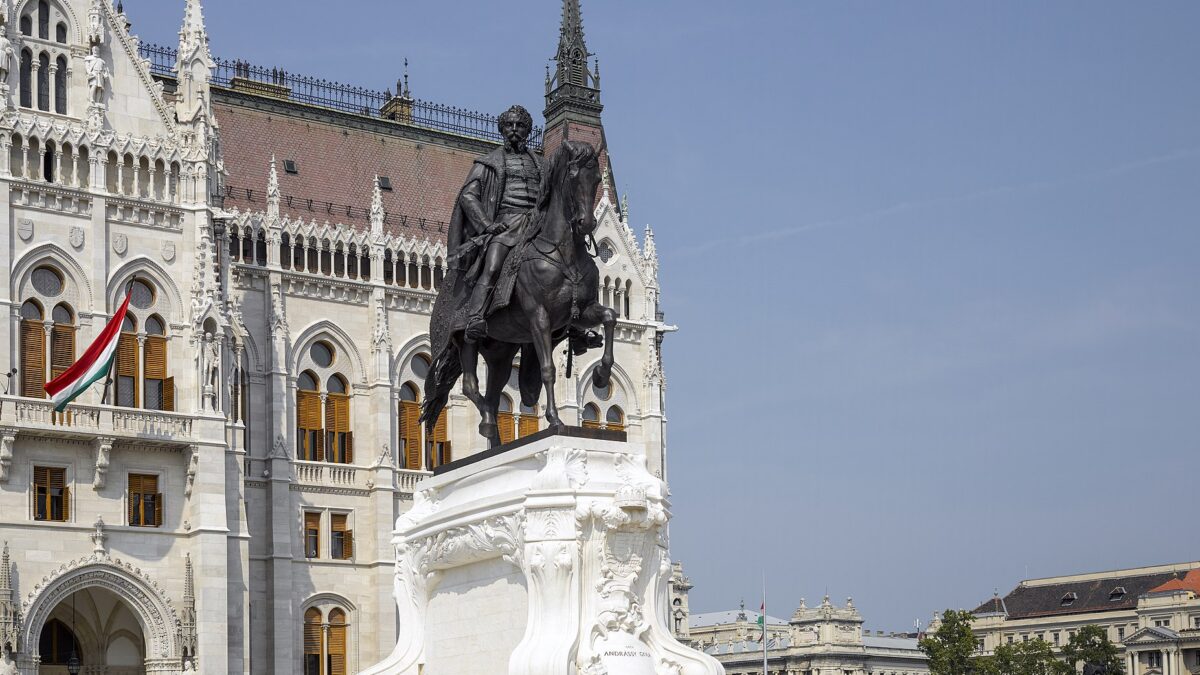There is much to dissect in the barbaric removal, destruction, and eventual “remolding” of Charlottesville’s statue of Gen. Robert E. Lee. But the most astounding aspect of this destruction is the brazen and intentional publishing of a video showing Lee’s dismemberment — his face being cut off and melted.
The radical left in the United States has embarked on a path distressingly similar to Hungary’s experiences during its 40-year Soviet occupation. The left has rewritten American history and perpetrated the iconoclastic destruction of its past. Now the left desires to mold a new future. A quick comparison, however, shows that while the United States is on a tragic and dangerous path, it is not an irreversible one.
Communist Iconoclasm in Hungary
Hungary’s first experience with revolutionary iconoclasm came not with the Soviets in 1945 but with the 1919 communist uprising. Hungary, like many countries in the aftermath of World War I, endured a short-lived communist revolution. For several months, radical revolutionaries controlled Budapest, and they immediately sought to remake it into a proletariat city. As one of their first actions, they “modified” many of the existing statues.

The Heroes’ Square Millennium Monument under the Hungarian Soviet Republic in 1919.
(Image: Fortepan/Marics Zoltán/Open Copyright)
The communist government, for example, desecrated the Millennium Monument in Heroes’ Square. The communists covered the monument, which depicted important historical figures. They replaced a statue of the original seven Hungarian chieftains, who led the Hungarian tribes into the Carpathian basin in the ninth century, with a socialist, realist statue of Karl Marx. Throughout the city, the revolutionaries covered statues with wooden structures honoring communist heroes.
The Heroes’ Square Millennium Monument in 2015.
(Image: Andrew Shiva/Wikipedia/CC By-SA 4.0)

The communists made these changes for two reasons. They wanted first to erase a narrative about the people’s history and second to replace it with an alternative narrative. It is also worth noting the circumstances when Hungary’s statues came down and the communist statues went up. At the time, the Hungarian Soviet Republic was engaged in a three-front war against Czech, Romanian, and Yugoslav forces. Yet the communist forces still felt that the systematic dismantling, destruction, and replacement of Budapest’s statues was worth the time and effort.
Reactionary Restoration and Soviet Revolution
The Soviet Republic, however, was short-lived. Conservative forces under Adm. Miklós Horthy defeated the revolutionary government in Budapest and installed a reactionary regime. The new government promptly restored the monuments to their previous state.
The conservative government, unfortunately, would only prove to be an intermission in Hungary’s experience with communism. With Hungary’s entrance into World War II on the side of Nazi Germany, it sealed its fate along with the rest of central Europe. Germany’s defeat led to the Soviet Union’s domination of Central and Eastern Europe. The USSR subsequently dismantled Hungary’s democratic government and established a “People’s Republic.” Soviet rule marked Hungary’s return to Marxist revolutionary governance and to socialist, realist “ideals” on public display.
Like their short-lived predecessors, the Soviet-backed government began radically changing Hungary and, in particular, Budapest’s public space. The revolutionaries renamed streets bearing the names of important historical figures, who represented the backward and classist past of Hungary, according to the communists. The streets received newer, progressive names like “Moscow Square,” “Stalin Avenue,” and “Engels Square.”
The Soviet regime did not limit itself to renaming streets. It remade or demolished statues, too. Revolutionaries even targeted Hungarian symbols outside of Hungary. In a very similar fate to Lee, a Hungarian monument in Mukachevo, Ukraine, was first torn down, melted, and remolded into a red star in 1945 before being rebuilt in 2008. The town council recently re-destroyed the monument.
New Slurs, Same Tactics
The accusations against these monuments differed. But the communists usually called them bourgeois, aristocratic, or reactionary, much like our current revolutionaries denounce statues as monuments to racism, sexism, or homophobia. Their intent matched that of the current movement in America. They wanted a revolutionary break from Hungary’s history, tradition, and heritage. They installed aesthetic representations of Marxist ideals to promote “solidarity” with the international socialist movement that all Hungarians were supposed to feel in their hearts.
The square surrounding Budapest’s grand parliament building particularly interested the communist regime. Dotted around the grand square were statues to some of Hungary’s greatest heroes — from independence fighters like Ferenc Rákóczi and Lajos Kossuth to former prime ministers such as Gyula Andrássy (1867-1871) and István Tisza (1913-1917). The most problematic public display for the communists was an allegorical monument honoring the Horthy government’s victory over the Hungarian People’s Republic.
Over the first decade, the communists went to work remodeling the square. One statue was allowed to remain, the one of Ferenc Rákóczi. The communists rewrote him as a peasant fighter against the aristocratic Hapsburgs. A reference to God on the pedestal of the statue, however, was dutifully removed. The Hungarian People’s Republic removed or replaced all others. Andrássy’s statue was removed to make room for a temporary bridge near the parliament.

The Hungarian Soviet Republic’s monument that replaced Andrássy’s statue.
(Image: Fortepan/Marics Zoltán/Open Copyright)
“Unknown vandals” destroyed Tisza’s statue and the monument to the crushing of the people’s republic. Kossuth’s monument was demolished and rebuilt in a communist style that highlighted him as a workers’ hero.
Rebuilding After Revolution
Perhaps more shocking than the Soviet desecration of national histories was the general reluctance of countries, after the fall of communism, to change their names or rebuild their lost statues. For many nations, a widespread de-communization effort only began after the Russian annexation of Crimea and subsequent invasion of Ukraine.
Hungary serves as a warning about the pathway America is treading, but it also can serve as a beacon of hope that damage can be undone. Beginning in the mid-2010s, Hungary began a concerted effort to rebuild and restore the statues and monuments that communists destroyed. In Kossuth Square today, you will see every monument that existed there before the Soviet invasion. What it took, however, for Hungary to accomplish this was political will: the willingness of a government to stand up for its own nation’s history and unapologetically protect its heritage, tradition, and ancestors, however controversial certain chapters might have been.
Meanwhile, the Republican Party, allegedly the party of conservatism and tradition, has remained silent or apathetic about the unprecedented destruction of historical statues in the United States. Even conservatives, like Florida Gov. Ron DeSantis, have been complicit in the removal of Confederate statues from the Capitol.
Even if you don’t sympathize with the Confederacy, you should see that the destruction of Confederate statues is the start, not the end, of this movement. Once the left eradicates the South’s heritage and culture, leftists will turn on “American” heroes. In many cases, they already have.
Restoring America’s Cultural Legacy
It is past time that our elected officials not only stand up against the removal and destruction of our historic statues but demand their immediate reconstruction, renovation, and reinstallation. If our politicians fight to rebuild our history, then one day, Lee — a war hero once hailed by Republicans and Democrats alike — can once again look out upon Monument Avenue, just as Gyula Andrássy once again looks over Budapest’s Parliament Square.

The recently reconstructed monument to Hungary’s prime minister during the First World War.









